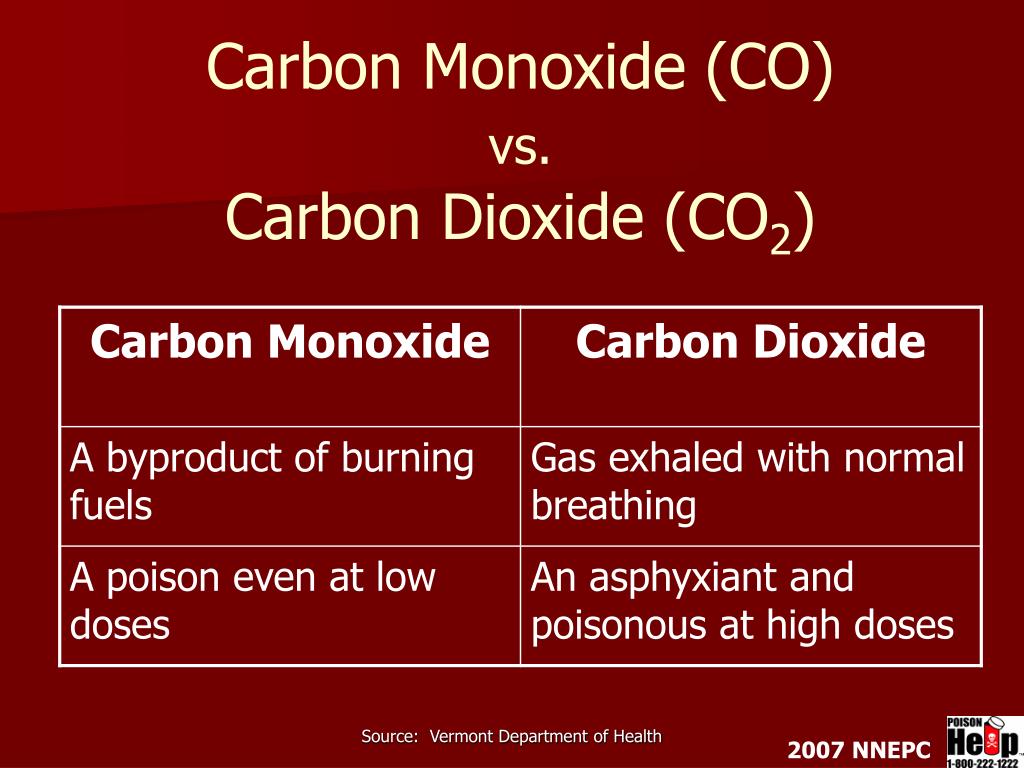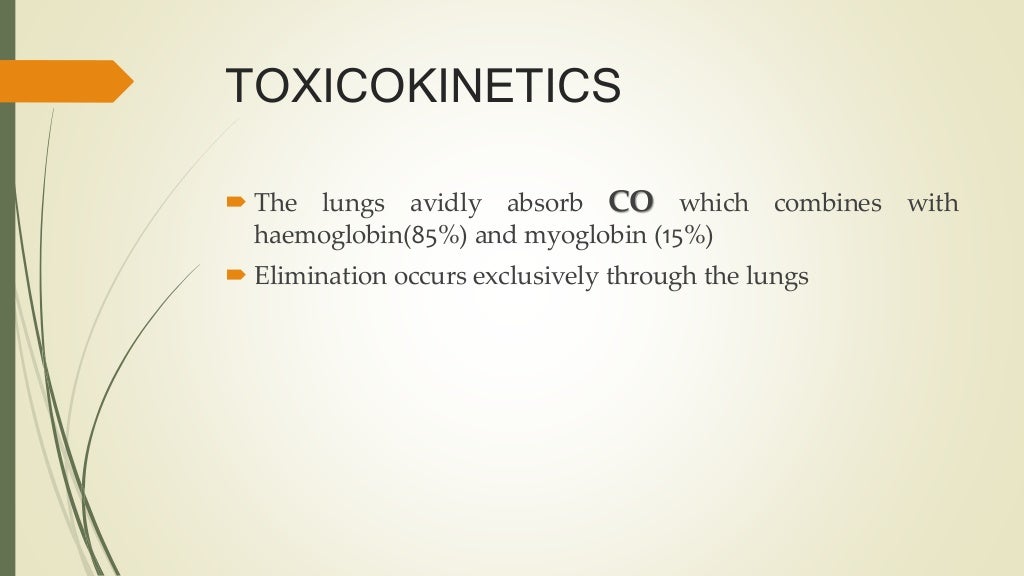
- #Carbon monoxide poisoning symptoms in infants how to
- #Carbon monoxide poisoning symptoms in infants generator
If someone has collapsed inside from carbon monoxide, go outside to call Triple Zero (000). In an emergency, call Triple Zero (000)ĭo not put yourself in danger when helping others. If English is not your main language and you need an interpreter, call TIS National on 131 450 and ask to be transferred to the Poisons Information Centre.

People who are sleeping, drunk, or otherwise incapacitated can die from carbon monoxide poisoning before they notice any. What do I do if I think someone has carbon monoxide poisoning? Call the Poisons Information Centre on 13 11 26 for advice 24/7 Carbon monoxide poisoning can be symptomless or only cause mild symptoms.
#Carbon monoxide poisoning symptoms in infants how to
What are other ways to heat my home this winter?Ĭheck out these websites for tips on how to keep warm and safe this winter: If you use this type of heater, consider installing a carbon monoxide detector alarm.
Only use approved indoor heaters inside for warmth and have them serviced at least every 2 years by a registered gas fitter. Only use fuel-powered appliances (such as pressure washers or concrete saws) outside, or in well ventilated spaces. Do not leave your car running in the garage (even when the garage door is open). #Carbon monoxide poisoning symptoms in infants generator
Only use generators outside and make sure the generator is not near a window or door and is pointed away from the house. Breathing in carbon monoxide fumes prevents the body from using oxygen normally. Fuels include wood, gasoline, coal, natural gas, and kerosene. CO is a colorless, odorless gas made when fuel burns. It's a medical emergency and needs treatment right away. They can produce carbon monoxide even if there is no smoke. Carbon monoxide poisoning is an illness that occurs from breathing in carbon monoxide (CO) gas. Only use barbeques, charcoal briquettes/beads or grills, outdoor heaters or gas lanterns outside. How do I prevent carbon monoxide poisoning? people with chronic medical problems, like heart disease. Who is at risk?Ĭarbon monoxide poisoning can affect anyone. Symptoms of carbon monoxide poisoning gradually get worse the longer you breath in the gas. What are the symptoms of carbon monoxide poisoning? tools with gasoline engines (such as pressure washers or concrete saws). barbeques, charcoal briquettes/beads and grills. What are the common sources of carbon monoxide?Ĭommon sources of carbon monoxide include: When does carbon monoxide poisoning occur?Ĭarbon monoxide poisoning often occurs when people use outdoor devices indoors or in a closed space without enough air flow. Some devices make carbon monoxide and should never be used indoors, including outdoor heaters and barbeques, tools with gasoline engines and vehicle engines. It is produced from burning fuels like gas, wood and charcoal, even if there is no smoke. In this review, clinical data and current diagnostic and therapeutic approaches concerning CO poisoning are discussed.Ĭarbon monoxide child fetus hyperbaric oxygen infant poisoning pregnant.Carbon monoxide is a poisonous gas that you can’t see, taste or smell. It is administered through a mask in the form of normobaric oxygen therapy or through specific devices in the form of hyperbaric oxygen therapy. Symptoms must be associated with cause of poisoning, and careful anamnesis and treatment must be conducted quickly. All sorts of sources can release carbon monoxide, including cars, trucks, small gasoline engines (like lawnmowers), stoves, lanterns, furnaces, grills, gas ranges, water heaters and clothes dryers. Poisoning in infants has a more severe course than seen in other age groups. Carbon monoxide poisoning is a potentially fatal illness that occurs when people breathe in carbon monoxide. In pregnant women, fetus can be harmed with relatively low level of COHb. 
Depending on severity of exposure, seizures, syncope, and arrhythmia may also be observed. Most common poisoning symptoms are weakness, dizziness, headache, nausea, and nonspecific flu-like symptoms, like vomiting. Clinically, although it affects all organ systems, involvement of central nervous system (CNS) and cardiovascular system is predominant.

Although symptoms of acute poisoning are most commonly observed in patients admitted to emergency rooms, effects of chronic exposure to CO can also seen. In addition, it has direct effect of causing cellular damage. CO reacts with oxygen, creating carboxy hemoglobin (COHb), which leads to tissue hypoxia. As CO is a substance that is not visible and has no taste or smell and is therefore difficult to detect, the gas can be a "silent killer" that is not noticed until effects develop. Although most poisonings occur accidentally, some cases are suicide attempt. In our country, it occurs particularly during winter as a result of leak from stove or water heater, or as result of inhalation during a fire. Carbon monoxide (CO) poisoning is one of the most common types of poisoning causing death worldwide.







 0 kommentar(er)
0 kommentar(er)
